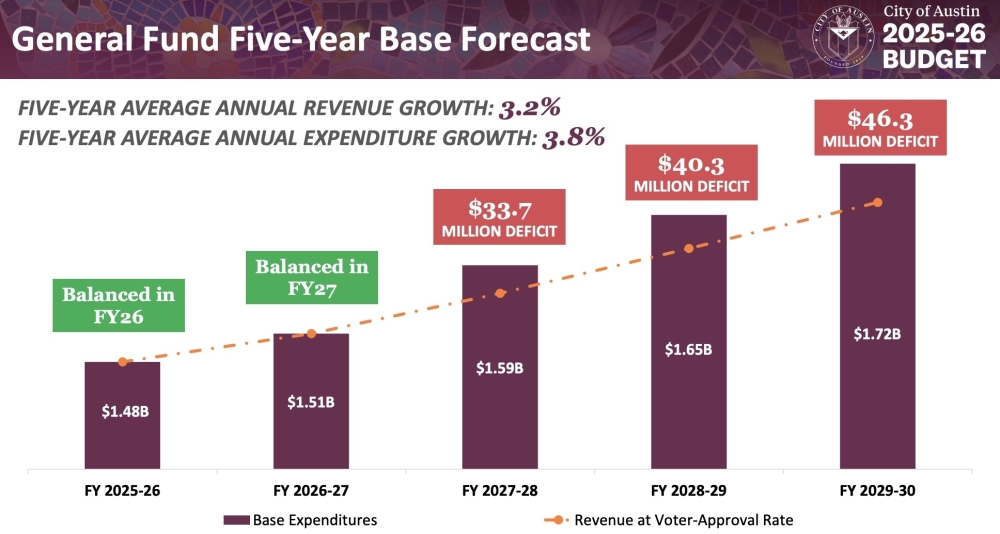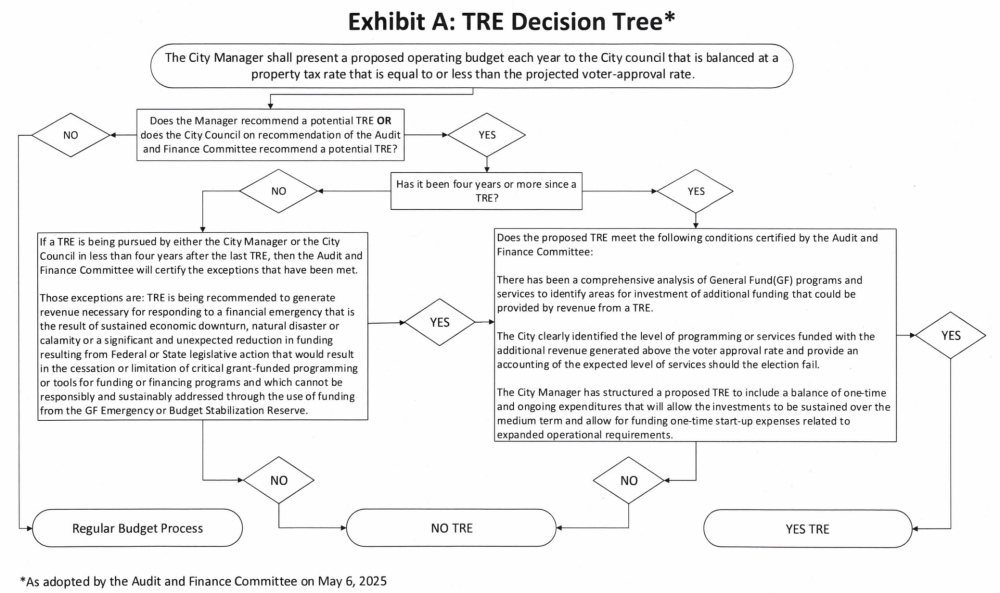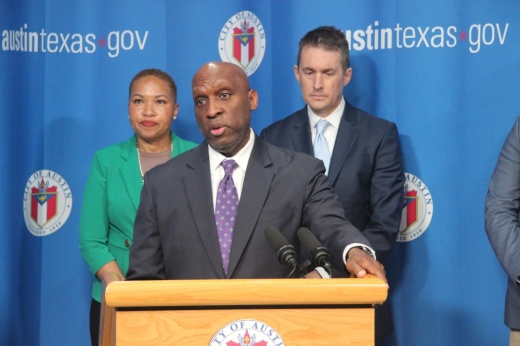City Manager T.C. Broadnax produced a balanced budget as required by city policy, addressing a previously projected general fund shortfall of more than $30 million. As Austin faces various financial constraints, some officials also labeled it a "Band-aid" plan signaling current and future reductions.
“This budget does more than just cut out fat. We’ve hit some bone. And you look at next year, we go through the bone," council member Ryan Alter said.
What you need to know
Broadnax released his budget outline late July 11 ahead of a formal presentation to City Council July 15. Several weeks of public review will now follow before officials approve a final spending plan mid-August.

"While challenging, I am proud of this proposed budget and the countless hours of work by the staff that went into its creation," Broadnax said. "It represents a financially sound roadmap to ensure those who live and work in Austin, as well as those who visit our city for the unique experiences it offers, will continue to benefit from the exceptional level of service Austinites have come to expect."
The FY 2025-26 budget would raise Austin's property tax rate by more than 10%, resulting in a nearly 8% annual tax bill increase for the owner of a median-valued homestead as of this year. Accounting for standard utility usage and other fees, the city projects the "typical" resident would pay about $268 more over the coming fiscal year.Zooming in
The largest portions of the budget are self-funding entities not supported by taxpayers. For example, Austin-Bergstrom International Airport and the Austin Energy and Austin Water utilities make up about two-thirds of total spending.
Most public-facing resident services are included in the general fund, which is proposed at $1.48 billion for FY 2025-26. Public safety makes up a majority of general fund spending, which also covers parks, libraries, housing and planning, homelessness, animal services and more.Broadnax said the upcoming general fund includes nearly $20 million in targeted cuts and staffing reductions. Some spending updates highlighted in the proposed budget include:
- $11.5 million to maintain two homeless shelters: the Eighth Street Shelter and temporary Marshalling Yard facility
- $6.2 million for housing vouchers, emergency rental assistance and a displacement mitigation plan
- $2.5 million to support the Austin Infrastructure Academy
- $1.02 million for park, cemetery, pool and youth athletic field maintenance
- $616,000 for added library security and material purchases
- $421,000 for emergency management operations
- $370,000 for new animal services staff positions
- $338,000 for 12 new emergency medical services positions to staff the Canyon Creek Fire/EMS station
Council members will now begin bringing a slate of amendments to fund their top priorities and programs. The current FY 2024-25 budget was approved last summer with dozens of council edits for parks, housing, public health and safety updates totaling millions of dollars.
Mayor Pro Tem Vanessa Fuentes said officials will take time to understand the extent of "significant" changes wrapped into the budget like organizational restructuring, police and fire overtime reductions, and pulling millions from the city's emergency reserve and affordable housing funds to fill gaps. She also noted "much more deep cuts" are now projected for FY 2026-27.

Property taxes may dip as construction activity slows; Deputy Budget Director Erik Nelson said newly added taxable property value will drop by almost half in FY 2025-26 to the lowest level in nearly a decade. Broadnax said city planners will have a renewed focus on new housing and economic development in an effort to boost those figures going forward.
"We’ve got to do more to incentivize and ensure that we can keep up with our ongoing expenses by putting more value on more property that ultimately becomes subject to taxation," he said.
The outlook
City leaders continue to signal their intent to seek additional funding to stabilize future budgets and programming. That will likely involve a tax rate election, or TRE, in November to raise the property tax rate.
State law passed in 2019 caps Texas cities at year-to-year revenue gains of 3.5%. If local officials believe more revenue is needed, they must ask voters to approve a tax rate increase for that extra funding.Council members have been discussing a potential TRE since for months, and passed a formal policy framework for such elections in the spring. Mayor Kirk Watson said the council's Audit and Finance Committee will be reviewing various tax rate scenarios for an election this month.

"It’s not because we want to spend more money; it’s because we have an obligation to deliver high-quality, reliable city services," Fuentes said.





